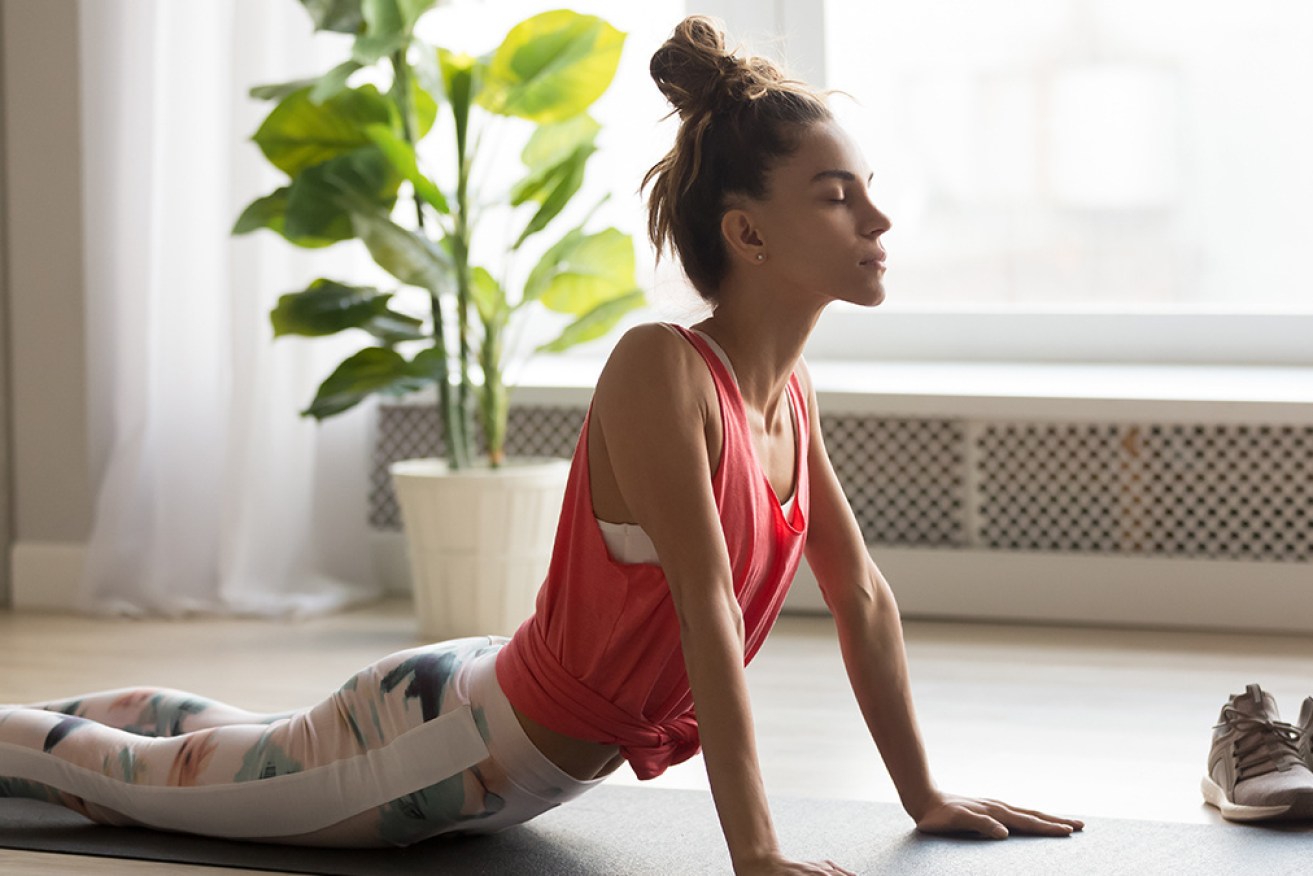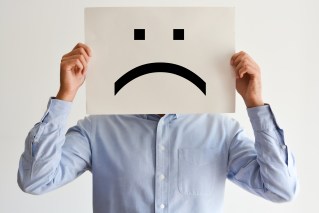New World Health Organisation exercise guidelines highlight risks of sedentary lifestyles


Physical inactivity is causing a growing health crisis across the world. Photo: Getty
Sedentary lifestyles are contributing to as many as five million deaths worldwide each year, and health experts are encouraging people to get active.
On Thursday, the World Health Organisation released its first update of physical activity guidelines in a decade.
The guidelines highlight the risks of sedentary behaviour, and recommend that adults break up long periods of sitting by getting up and moving around regularly.
“In a significant update, the WHO guidelines also provide the first formal recommendation on countering the health harms associated with excessive sitting, by suggesting people aim to exceed the weekly recommended physical activity levels,” said the University of Sydney’s Professor Emmanuel Stamatakis, who co-chaired WHO’s Guidelines Development Group.
“This reflects growing scientific evidence linking large amounts of sedentary time to serious health problems and a heightened risk of early death.”
How much exercise do I need to do?
To stay healthy, adults should do at least 150 to 300 minutes of moderate-intensity aerobic activity or 75 minutes per week of vigorous aerobic activity or a combination of both, the guidelines say.
Pregnant women and those in the postpartum period should try to get at least 150 minutes of moderate-intensity aerobic exercise per week.
In addition to aerobic activity, adults should also do strengthening activities that involve all the major muscle groups at least two days a week.

Our sedentary lifestyles are making us sick, but regular exercise can help. Photo: Getty
The guidelines also include recommendations for people living with disability and those with chronic conditions.
For children aged 5 to 17, an average of one hour a day of moderate to vigorous physical activity each day is recommended.
The guidelines also state that children should limit the amount of recreational time they spend in front of screens.
University of Southern Queensland’s Professor Stuart Biddle was one of 27 international experts tasked by the WHO with developing the global recommendations on physical activity and sedentary behaviour.
Professor Biddle said an important change to the guidelines was that an aerobic activity no longer has to last at least 10 minutes to bring benefits.
This is great news because it means every little bit of exercise you do now counts,” Professor Biddle said.
“This might encourage people to start parking their car further away in the car park to get in more steps, take the stairs instead of the lift, or walk to a colleague’s desk instead of emailing them.”
Professor Biddle said people should remember that any physical activity is better than none, and more is better.
“There’s plenty of easy and realistic changes you can make to incorporate more physical activity into your day,” he said.
The guidelines show that “moving more and sitting less” is key to keeping physically and mentally fit.
“It doesn’t mean you need to join a gym or invest in some expensive equipment,” Professor Biddle said.
“Any type of activity that raises your heart rate and helps build muscle strength is fine.
“Our lives depend on us moving more.”
Physical inactivity health crisis
Australia, and the world, is facing a physical inactivity health crisis.
This is coupled with a growing number of people eating packaged food, with experts warning of a global “tsunami” of obesity and diet-related disease.
Current estimates of physical activity levels in Australia indicate 85 per cent of adults do not achieve the recommended amount of physical activity and muscle-strengthening exercise, while just one in five children meet the guidelines for physical activity of at least 60 minutes per day.
The most common barriers to exercise are a perceived lack of time, cost, not finding exercise enjoyable, poor access to walking and cycling paths and recreation facilities, and car-dominated environments.
Professor Biddle said Australia has “dropped the ball” on physical activity, and called for more action from governments and health authorities.
“If we’re going to be serious about increasing all forms of physical activity, then comprehensive action by governments and health authorities is required,” he said.
“Australia must adopt a physical activity plan, which other countries have done, to make it easy for people to look after themselves and to experience the social, physical and mental health benefits of regular physical activity.
“Back in the 1970s, the ‘Life. Be in It’ campaign was arguably the most recognisable and successful health promotion in Australia and was lauded across the world.”








